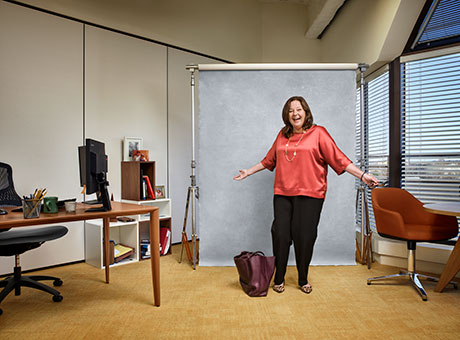Need land, buildings, equipment, or other items for your business? If you’re not in a position to buy, leasing is an option to get those items with less risk and less money upfront. Two options are operating leases and capital leases, depending on what you need for your business. Understanding the differences helps you decide which type of lease works for your situation.

What is an Operating Lease vs. a Capital Lease?
Operating Lease vs. Capital Lease
An operating lease is a written agreement that allows you to use or occupy property without the benefits or risks of owning the property. The property may be real property, such as land or buildings, or personal property, such as heavy equipment, machinery, or vehicles. A capital lease is a written agreement that gives you ownership rights in the property you’re leasing, while the lessor finances it.
Treatment of Capital Leases
Traditionally, there’s a fundamental difference between an operating lease and a capital lease. Under a capital lease, because you acquire an ownership interest in the property, you must show the property as a depreciable asset on your balance sheet.
Treatment of Operating Leases
Because an operating lease doesn’t give you an ownership stake, you don’t show the property as an asset on your balance sheet. But you can:
- List the lease payments as operating expenses on your income statement, and
- Deduct them from your revenues.
Treating the lease payments as expenses and deducting them from income might reduce your tax liability dramatically. This accounting method tempts many companies to try hiding their assets by structuring purchases and financing arrangements as operating leases.
Generally accepted accounting principles attempt to correct this by limiting operating leases to four requirements:
- The length of the lease can’t exceed 70% of the property’s life span.
- The present-day value of your lease payments can’t be higher than 90% of the property’s fair market value.
- There can’t be any bargain purchase price option involved.
- As a lessee, you can’t receive ownership of the property when the lease ends.
If any of the four conditions applies, you must capitalize the lease, and include the property as an asset on your balance sheet.
Big Changes in Accounting for Operating Leases
Effective Jan. 1, 2019, new accounting practices under the International Financial Reporting Standards (IFRS) take effect in Canada. A new accounting standard, known as IFRS 16 – Leases (IFRS 16), makes accounting practices more transparent. Under IFRS 16, almost all leases must show on your balance sheet. If you’re a lessee, adopting IFRS 16 eliminates the distinction between capital leases and operating leases in your financial statements and accounting for operating leases.
This change might affect your financial agreements, lender reporting requirements, and other financing documents, whether you’re a borrower, lender, or investor. It’s a good idea to consult your accountant about how IFRS 16 impacts your business and personal financial picture, especially your operating lease accounting. For example, if you’re a borrower using numerous operating leases, the change means your balance sheets show your leases as assets and liabilities, which might change your debt-to-equity ratios or asset turnover ratios.
Whether you’re making operating lease payments or capital lease payments, you’re making big investments in your business. Are you looking for ways to save money so you have more to invest? QuickBooks Online can help you maximize your tax deductions. Keep more of what you earn today.


